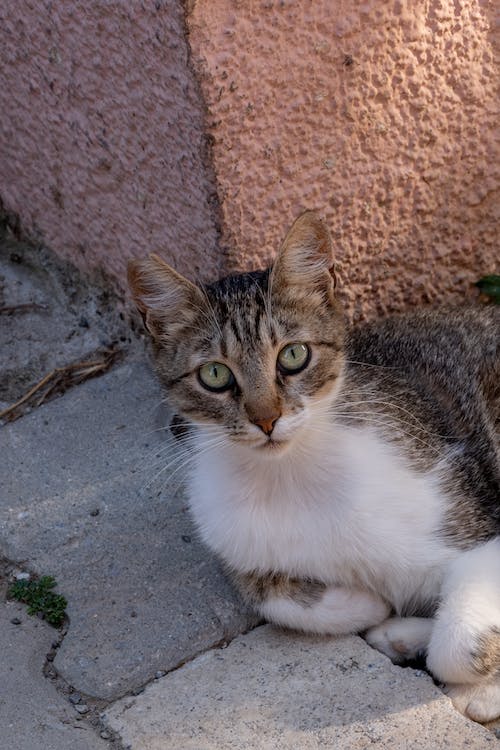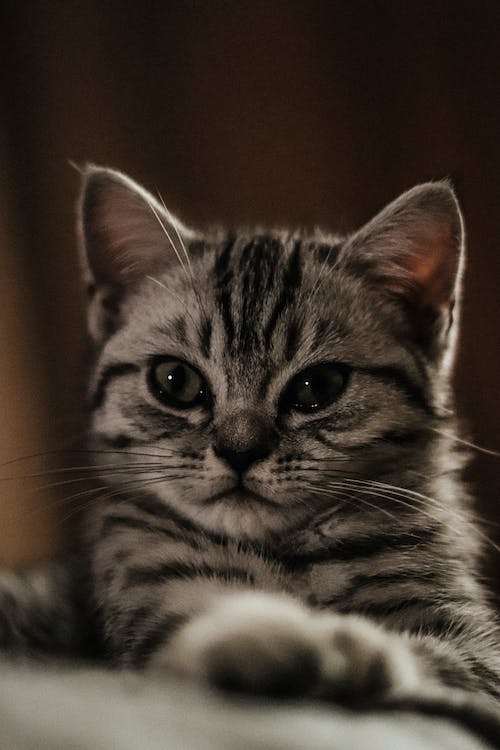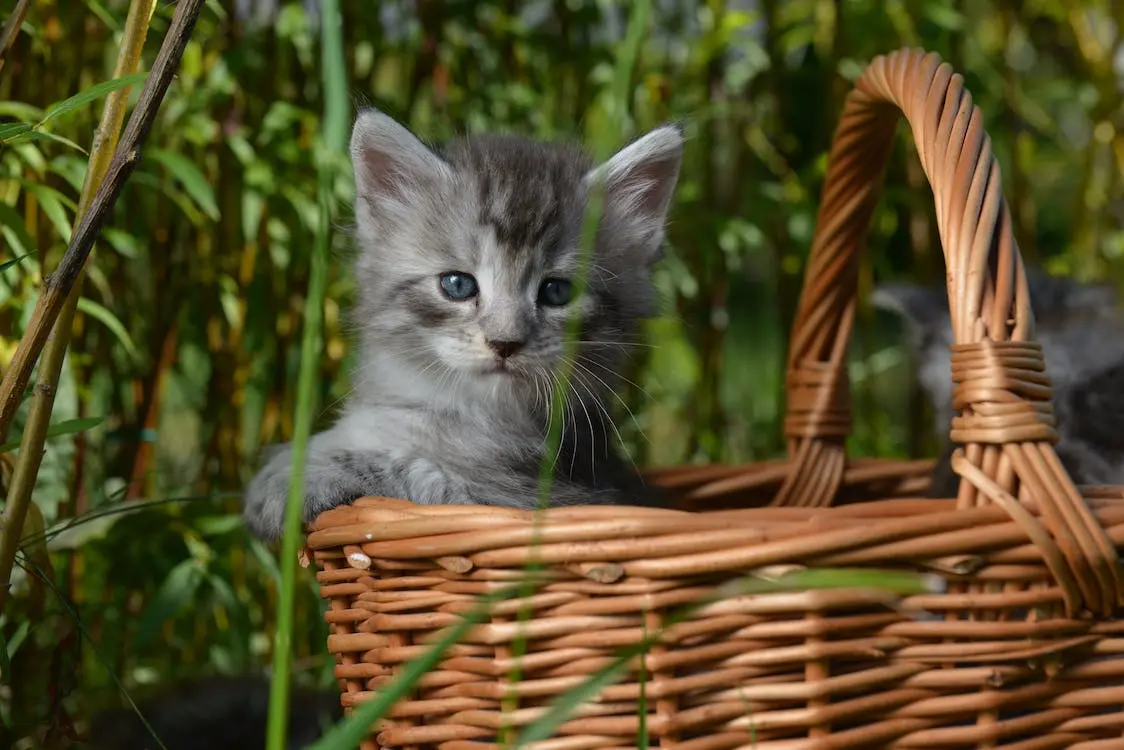Cats have long been beloved companions to humans, with their unique personalities and charming antics. Among the various feline breeds, one group stands out for their distinct feature – the bobtail.
These enchanting cats possess short, stubby tails, setting them apart from their long-tailed counterparts.
In this article, we explore ten unique bobtail cat breeds, each with its own fascinating history, appearance, and personality.
Japanese Bobtail:
Originating from Japan, the Japanese Bobtail is a breed known for its elegance and grace. These cats have a distinctive tail that resembles a rabbit’s tail, which features a variety of colors and patterns.
Highly intelligent and social, Japanese Bobtails are excellent companions and have a playful demeanor that endears them to their owners.
Manx:
Hailing from the Isle of Man, the Manx is one of the oldest known cat breeds with a bobtail. This breed’s most defining characteristic is its taillessness, which is caused by a genetic mutation.
Some Manx cats may have a short tail or a partial tail, adding to their charm. Manx cats are known for their loyalty, adaptability, and sweet nature.
American Bobtail:
As the name suggests, the American Bobtail is a homegrown breed with a distinctive short tail. These cats are known for their wild appearance and tufted ears.
They are intelligent, active, and form strong bonds with their families. American Bobtails often enjoy interactive play and can learn tricks with ease.

Kurilian Bobtail:
Originating from the Kuril Islands of Russia, the Kurilian Bobtail boasts a unique combination of wild and domestic traits.
These cats have a strong, muscular build, a pom-pom-like tail, and strikingly expressive eyes. Despite their appearance, they are affectionate, loyal, and enjoy being part of a family.
Pixie-Bob:
The Pixie-Bob is a breed that exudes a wild and rustic charm. Hailing from the Pacific Northwest region of the United States, these cats have a distinctive spotted or marbled coat and a short tail with a kink or curve.
They are known for their dog-like qualities, often forming strong bonds with their human families and even learning to walk on a leash.
Cymric:
The Cymric is a long-haired version of the Manx, originating from Canada. Like the Manx, it carries the genetic mutation for taillessness or a short tail, giving it a bunny-like appearance.
Cymrics are gentle, affectionate, and get along well with children and other pets, making them a popular choice for families.

Munchkin:
Known for their incredibly short legs, the Munchkin breed is also associated with various tail lengths, including bobtails.
This breed has captured the hearts of many cat lovers with their adorable appearance and playful nature. Despite their short legs, Munchkins are agile and can jump and climb with surprising ease.
Serengeti:
While not a breed exclusively known for its bobtail, the Serengeti is worth mentioning for its striking resemblance to the wild serval.
These cats have a short, tapered tail and a sleek, spotted coat, reflecting their wild heritage. Serengetis are energetic, intelligent, and enjoy interactive play.
American Curl:
The American Curl stands out not only for its curled-back ears but also for its bobtail variations.
Originating in the United States, this breed is affectionate, sociable, and adapts well to various environments, making them cherished companions for families and individuals alike.
Highlander:
The Highlander breed is a relatively new addition to the world of bobtail cats. It is the result of crossing the Desert Lynx with domestic cats, giving rise to a breed with bobtail varieties.
These cats have a rugged appearance, often with curled tufts on their ears, and are known for their friendly, outgoing nature.
Conclusion:
The world of bobtail cats is a captivating one, filled with unique breeds that showcase a wide range of appearances and temperaments.
Whether you prefer the elegance of the Japanese Bobtail, the taillessness of the Manx, or the wild charm of the Highlander, there is a bobtail breed to suit every cat lover’s taste.
These cats not only bring joy and companionship to their owners but also serve as a reminder of the diverse and enchanting world of feline genetics.

